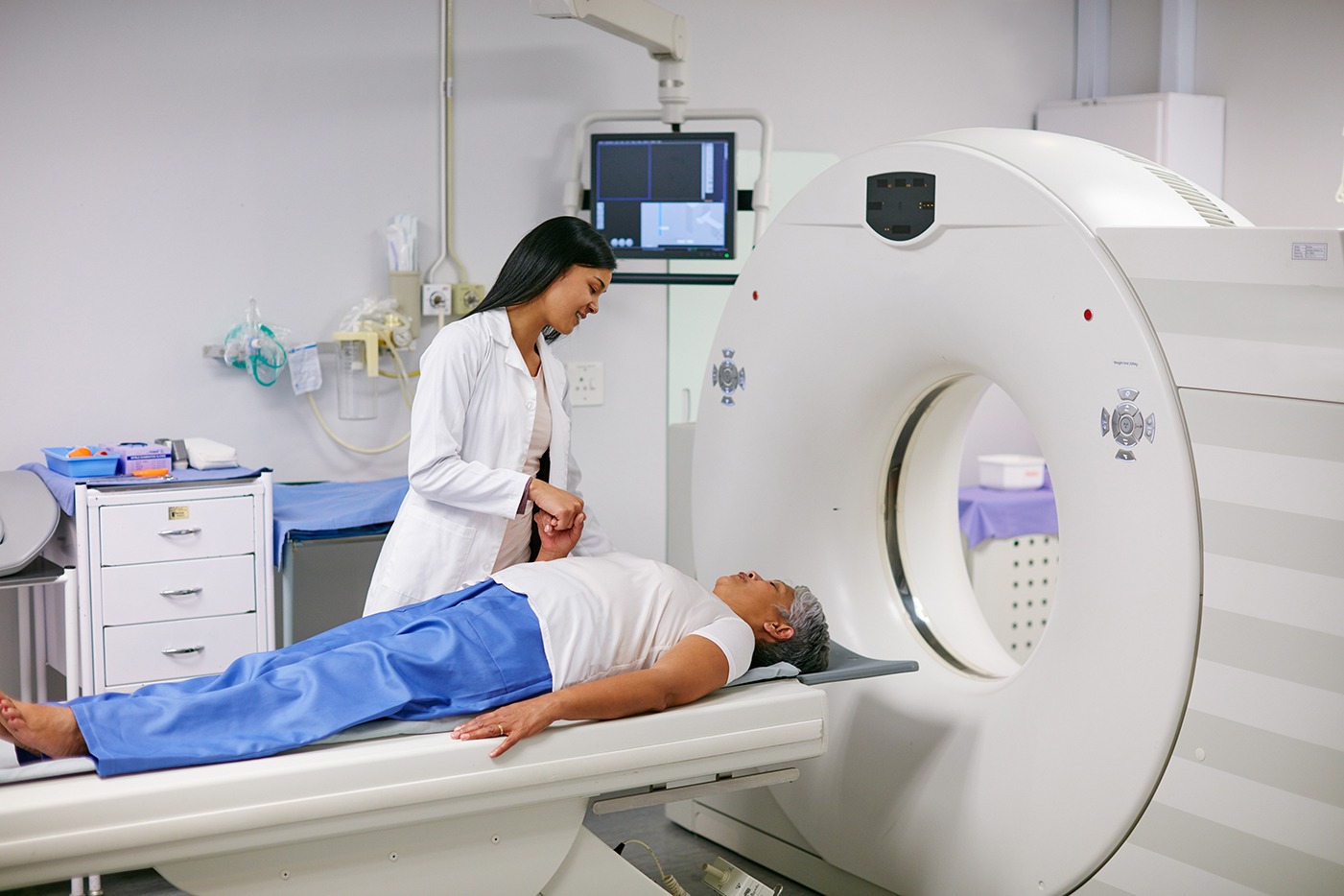Benefits of MRI Ankle Both Joints Without Contrast
1] Non-invasive and Safe - One of the most significant advantages of MRI is that it is non-invasive, meaning there is no need for incisions or injections. This makes it a safe and comfortable option for patients, particularly when compared to more invasive procedures like arthroscopy. MRI also does not involve ionizing radiation, unlike X-rays or CT scans, making it safer for repeated use, especially for patients requiring follow-up scans.
2] High-Resolution Imaging - MRI provides incredibly detailed images of the ankle's soft tissues and bones. It allows for the visualization of injuries or abnormalities in ligaments, tendons, muscles, cartilage, and bones with exceptional clarity. With MRI Ankle Both Joints, the healthcare provider can assess both the tibiotalar and subtalar joints, which is essential in diagnosing various conditions that affect both parts of the ankle.
3] Effective for Soft Tissue Evaluation - Unlike X-rays, which primarily visualize bones, MRI excels in evaluating soft tissues. This makes it ideal for diagnosing conditions like ligament sprains, tendon tears, and cartilage damage, which are common causes of ankle pain and dysfunction. MRI scans are often the preferred imaging technique for assessing injuries to ligaments and tendons, as well as soft tissue swelling or inflammation.
4] No Contrast Needed - One of the key features of the MRI Ankle Both Joints Without Contrast is that it does not require the use of a contrast agent. Contrast agents are sometimes used in MRIs to improve the visibility of certain structures or abnormalities. However, many ankle conditions can be effectively diagnosed without contrast, and this method is less invasive and can be quicker and more convenient for patients. Additionally, it reduces the risk of any allergic reactions or side effects that may occur with contrast agents.
5] Accurate Diagnosis of Various Ankle Conditions - MRI without contrast can effectively diagnose a range of conditions affecting the ankle joint, such as fractures, ligament injuries, tendonitis, osteoarthritis, cartilage damage, and bone infections. It is also useful in detecting subtle injuries that might not show up on X-rays, such as stress fractures or soft tissue tears.
Why Choose MRI Ankle Both Joints Without Contrast?
MRI Ankle Both Joints Without Contrast is a preferred choice for many patients and doctors, especially when detailed imaging of soft tissues, ligaments, and tendons is needed to evaluate ankle injuries or conditions. It is also a less invasive option than other diagnostic procedures that require contrast agents, making it ideal for patients who may have allergic reactions or contraindications to contrast media.
This MRI technique is widely available in advanced diagnostic centers and hospitals, offering an excellent alternative for accurate diagnosis without the need for injections. With the ability to diagnose a wide range of conditions—from ligament tears to bone fractures—MRI Ankle Both Joints Without Contrast helps doctors make well-informed decisions about treatment and rehabilitation.









